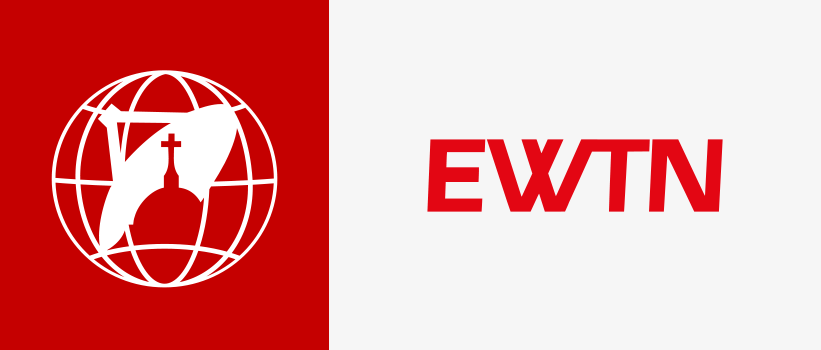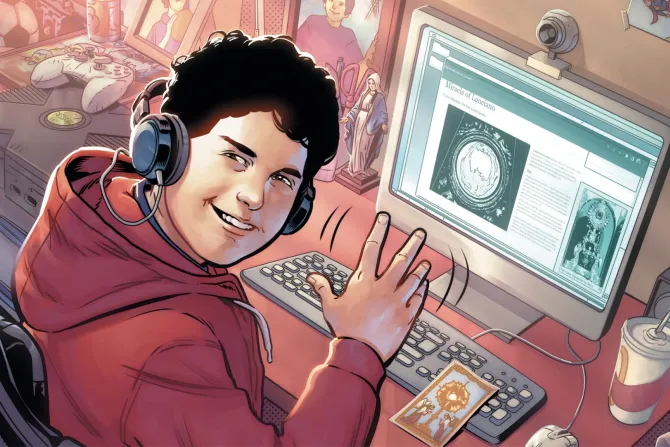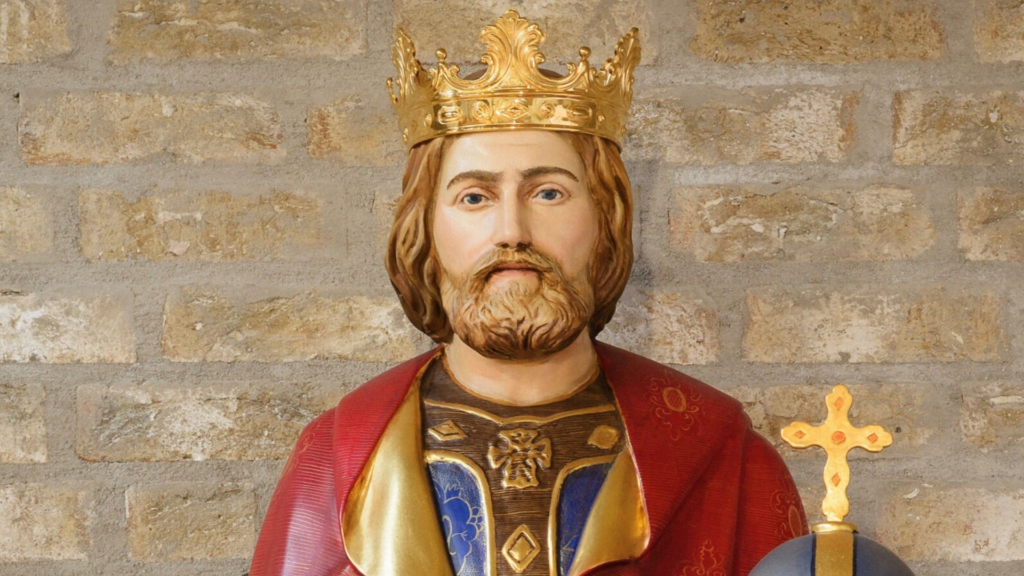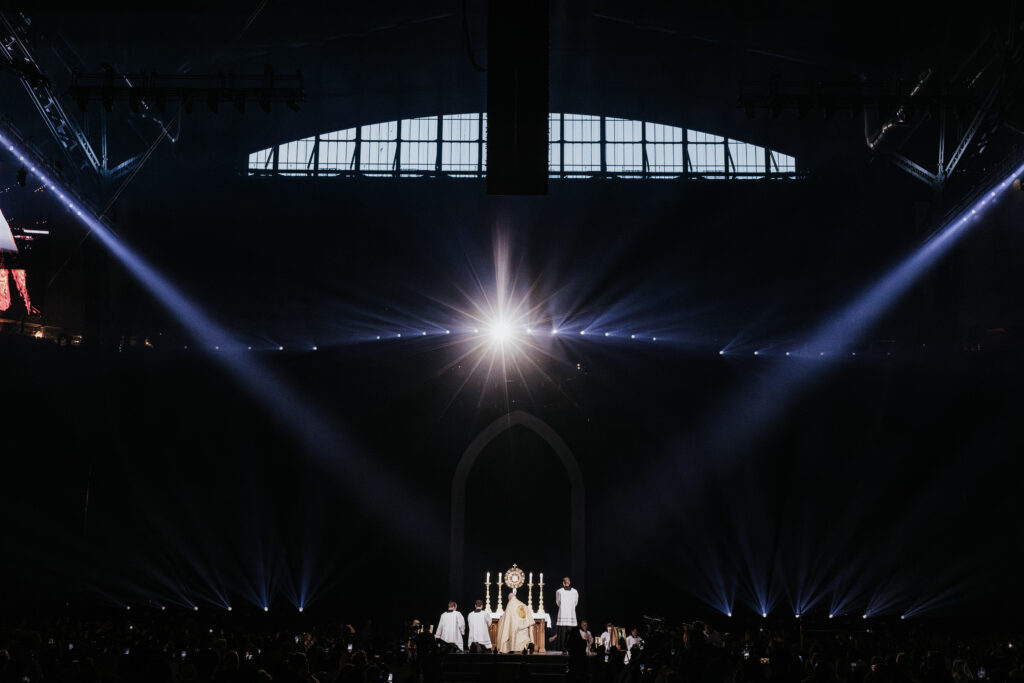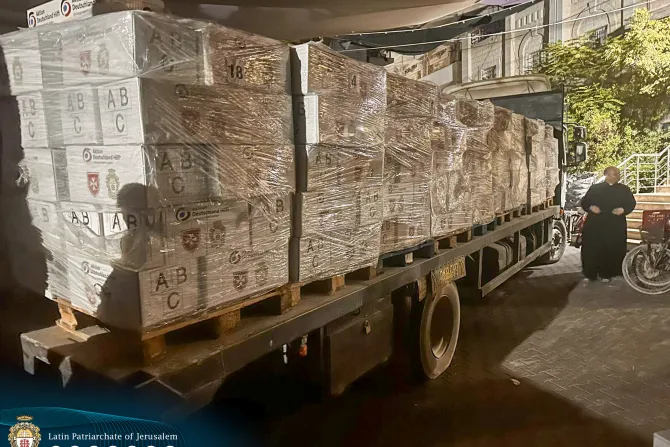Tech-savvy Catholics embrace Carlo Acutis: ‘Saintliness is possible in this modern era’
By Jonah McKeown
Pope Francis late last month formally recognized a miracle attributed to the intercession of Blessed Carlo Acutis, paving the way for the young Italian, who died of leukemia at age 15, to become the first canonized saint from the millennial generation.
If you know anything about Carlo Acutis, you probably know that he loved going to Mass and helping the poor and downtrodden he encountered. A boy of strong faith despite not having grown up in a particularly religious household, Carlo was also known to spend hours adoring Christ in the Eucharist.
But you may have also seen him described as the Catholic Church’s first “tech-savvy” saint. And for good reason.
Carlo was born in 1991 — the same year the World Wide Web came online in all its snail’s-pace, dial-up glory. And like so many of his generational peers, Carlo quickly embraced the internet’s possibilities, despite the technology still being relatively in its infancy; Google wasn’t even founded until Carlo was 7. But Carlo’s mother remembers the young whiz kid proudly describing himself as a “computer scientist” — well before he got his first computer as a gift around the year 2000.
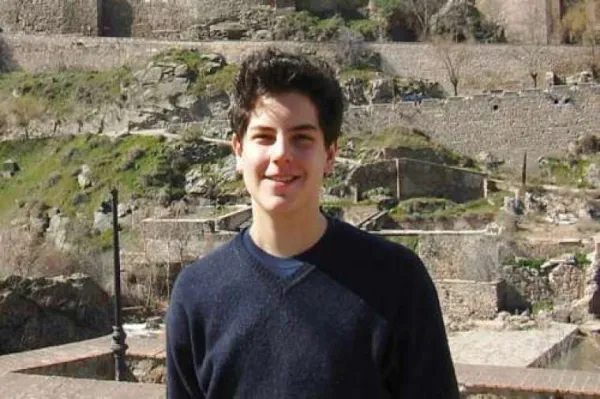
Carlo’s mother, at her child’s pleading, got him textbooks on coding, which he devoured. He taught himself the basic coding languages of C, C++, and Java. Carlo’s uncle, whose work involved computers, gave him access to software such as Adobe Suite and the 3D rendering software Maya, which he eagerly made use of on his desktop computer.
He was known for helping friends with computer problems — including, amusingly, a local order of nuns — and was known also to use the internet to find Mass times when the family traveled to new places.
(It wasn’t just desktop computing that interested Carlo; he was an avid player of video games, though he limited his playing to two hours a week so as not to lose himself in virtual worlds.)
The internet, of course, exploded rapidly during Carlo’s childhood and adolescence. By 2005, Wikipedia was already a popular reference site, and YouTube and Facebook were poised to take the world by storm. Unlike so many of his peers, who fell into the distractions, vices, and prideful pursuits that the burgeoning internet had to offer, Carlo used the internet for good.
He helped a local computer engineering student create a website for his parish, Santa Maria Segreta. And perhaps Carlo’s most enduring tech-related legacy is a website he created with the help of his family displaying information and images of Eucharistic miracles around the world — a website that remains online to this day.
https://7fe826100cbb998c0f56353801f2f906.safeframe.googlesyndication.com/safeframe/1-0-40/html/container.html In recent years — especially since his beatification in 2020 — Carlo’s embrace and masterful use of technology as a part of his holy life has inspired many young Catholics working in the fields of science and technology.
Mary Regina Boland is a computer programmer and an assistant professor of data science at Saint Vincent College, a Benedictine Catholic school in Latrobe, Pennsylvania. A millennial “just a few years older” than Carlo herself, Boland said his use of his computer programming skills to create an exhibit on Eucharistic miracles is something that a lot of young students can connect with, especially the students she teaches in the data science program.

Carlo died in 2006, when most of Boland’s students were still very young, and technology has only grown more powerful and sophisticated since his passing, she noted.
“My hope is that with his canonization, he will become more widely known and his story of witnessing to the faith, guiding others to conversion, and his interests in technology will be spread more broadly,” Boland told CNA.
“I think his witness can help draw more young people into the faith and also empower those who are Catholic to develop methods to make their faith more accessible in a world that is driven by technology and data.”
Boland said she sees a connection between her field — data science — and Carlo’s efforts to use technology to make Eucharistic miracles more known.
“Data science, the field I teach and work in, is a field that utilizes data to derive knowledge, validate our understanding of scientific principles, and gain novel insights,” she continued.
“Carlo’s use of data and visualization techniques to bring the story of Eucharistic miracles to those whose knowledge of their faith is limited (or nonexistent) is a perfect example of an application that would fall under the realm of ‘data science’ today. Methods that use data science to shed light on aspects of Catholicism are very much needed today.”
Modestly describing himself as “mildly tech-savvy,” Nathaniel Hanson, who works in high-level robotics at the Massachusetts Institute of Technology (MIT) in Boston, told CNA that Carlo’s use of his technological skills to further God’s kingdom demonstrated that “you can use technology as a means to glorify God and to make the world a better place, and that can be a path to a saintly life.”
For his part, much of Hanson’s work focuses on using his skills in robotics to create systems that help victims of natural disasters, which Hanson sees as a way of living out his faith’s call to respect the God-given dignity of every person and using “technology to elevate their dignity.”
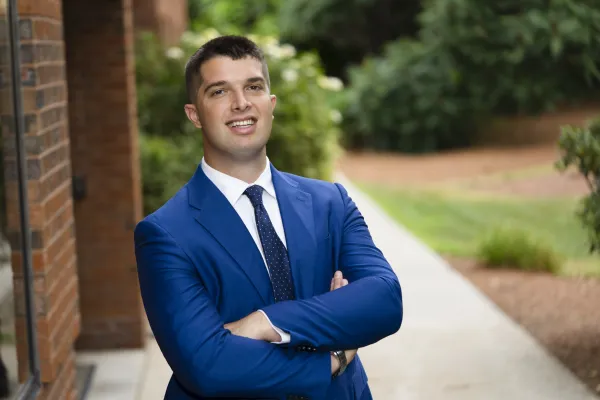
Hanson, 27, is a few years younger than Carlo. He said faith is not regularly discussed in the tech-focused circles he works in, but he has occasionally encountered surprise from colleagues when they find out he’s Catholic.
“Sometimes in intellectual circles, there can be this idea that the natural progression of intellect leads you to atheism or agnosticism,” he explained.
In light of this, it’s “really exciting to have the first computer scientist saint being named” — for Catholics at large but for scientific-minded Catholics especially, he said.
“Because of the pressures of the sciences and the disciplines, it is important that they see and point to someone who, even though he was so very young when he died, still dedicated his life to using technology to build the kingdom on Earth. I think that’s a very important call that we, as scientists and engineers, need to see.”
In Boston, where Hanson lives and works, many current and former Catholics take a dim view of the Church, in part because of the abuse scandals. In light of this, Hanson said he hopes Carlo’s canonization will provide “a good conversation starting point” to draw tech-minded people closer to the faith.
Other young Catholic professionals working in scientific fields similarly said they appreciate Carlo’s public witness to the fact that faith and science are not mutually exclusive but rather harmonious.
David Ramirez, an assistant professor of chemistry at Brescia University, a Catholic college in Kentucky, told CNA that he had heard of Carlo Acutis years ago but didn’t delve deeper into his story until recently when he learned about Carlo’s aptitude for computer programming, “which I had come to embrace as part of my graduate studies.”
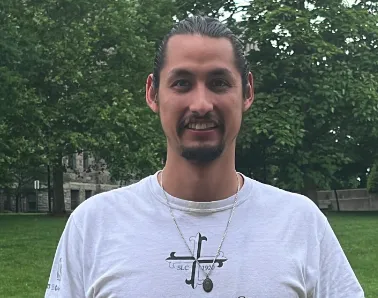
“I was amazed how passionate he was to spread devotion to the Eucharist and used modern tools available to reach his goal,” Ramirez recalled.
Ramirez said in his experience, it’s rare to encounter a young person who has both a “religious” and a “scientific” inclination; many young people have an inclination to one or the other but not both, he said.
“My hope is that having Blessed Carlo canonized [will] indeed help more people come to grasp how science and technology can help us interact with and better communicate the truths that faith makes available to us,” he concluded.
Josephine Kalshoven, who recently completed her doctorate in biomedical engineering at Brown University, recalls how Carlo first captured her attention when, during the pandemic, she attended the virtual gathering of the Fellowship of Catholic University Students (FOCUS). Learning about the young tech-savvy saint while attending an event made possible by the internet felt appropriate to her, she said.
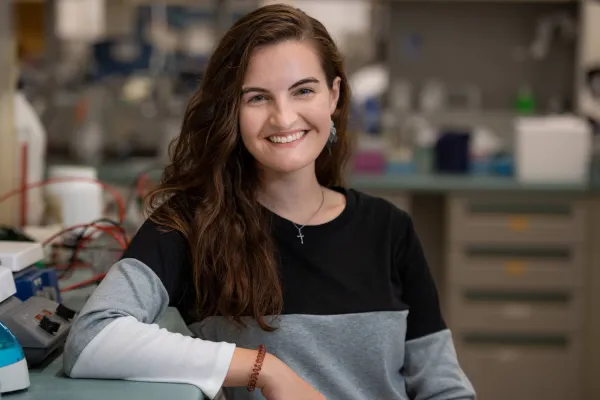
“I think there is a tendency to see the saints as people who lived in a time and place so far removed from our current era that it can be hard to map the lessons of their lives onto our own daily experiences,” Kalshoven told CNA.
“However, as an engineer and a young person myself, as someone who grew up making websites and playing video games, Carlo Acutis’ life parallels my own. The fact that he seems like he could so easily be ‘just some kid’ that I knew does not diminish his saintliness but rather demonstrates that saintliness is possible in this modern era for modern youth living modern lives.”
Carlo also showed, Kalshoven continued, that Catholics need not eschew modern technology in their pursuit of holiness. At the same time, the prudence and moderation he showed with his use of technology also provided a “shining example” in an era of myriad distractions.
Moreover, she said, Carlo demonstrated that technology can be used for good, an insight “particularly appealing to people in STEM [science, technology, engineering, and math] fields like myself.”
“[H]e beautifully demonstrated that technology can be used to glorify God and to bring hope and truth to the world… to see a saint who used his technological skills to glorify God is a reminder that we are all called to glorify God in our own work, whatever that may look like,” Kalshoven concluded.
“There are so many ways to become a saint and live for God here and now. I am thrilled by the canonization of Carlo Acutis … I believe it will only amplify attention to a particularly powerful witness to the faith in this modern era.”
Note: Many of the details about Carlo’s life come from the book “Blessed Carlo Acutis: A Saint in Sneakers” by CNA Rome correspondent Courtney Mares.
